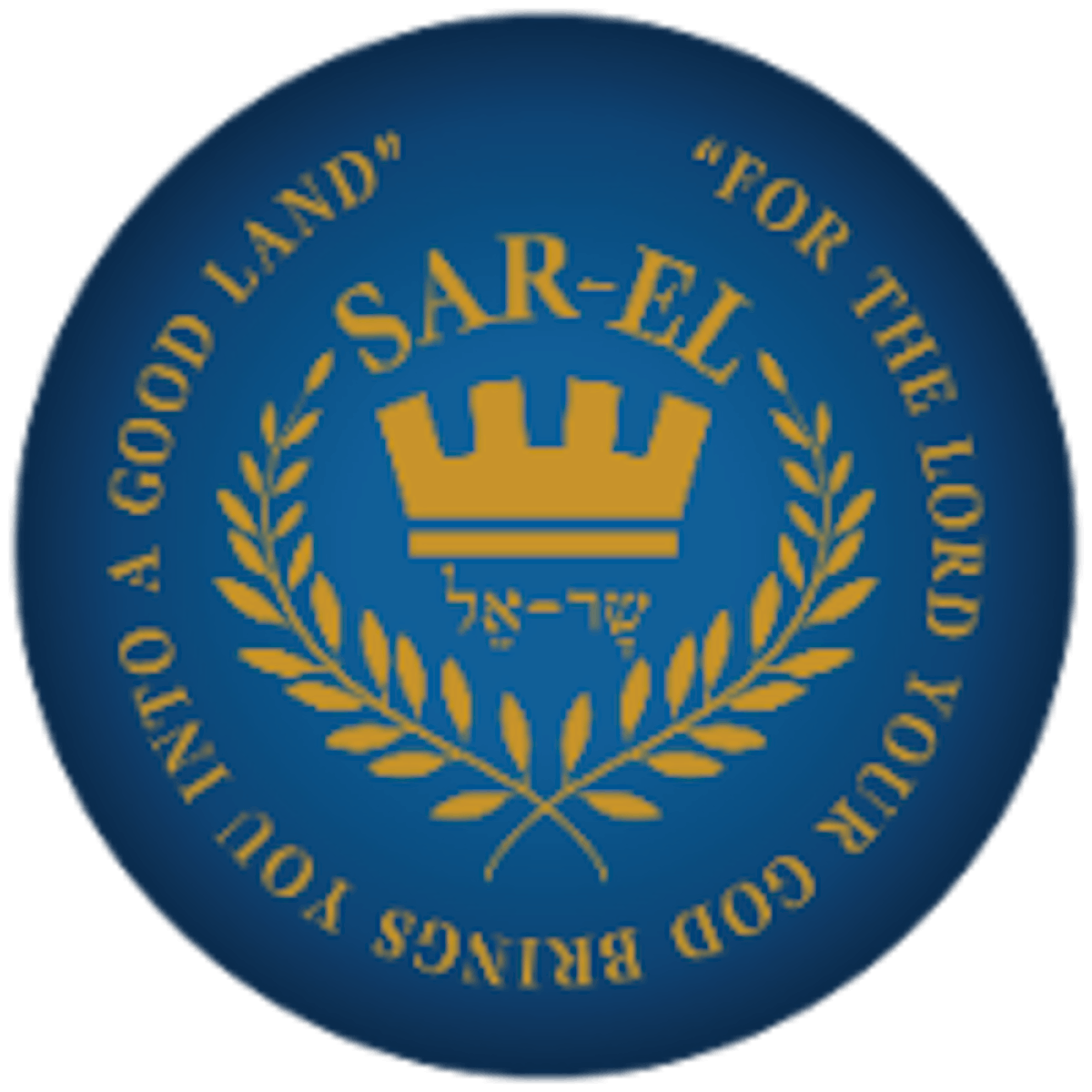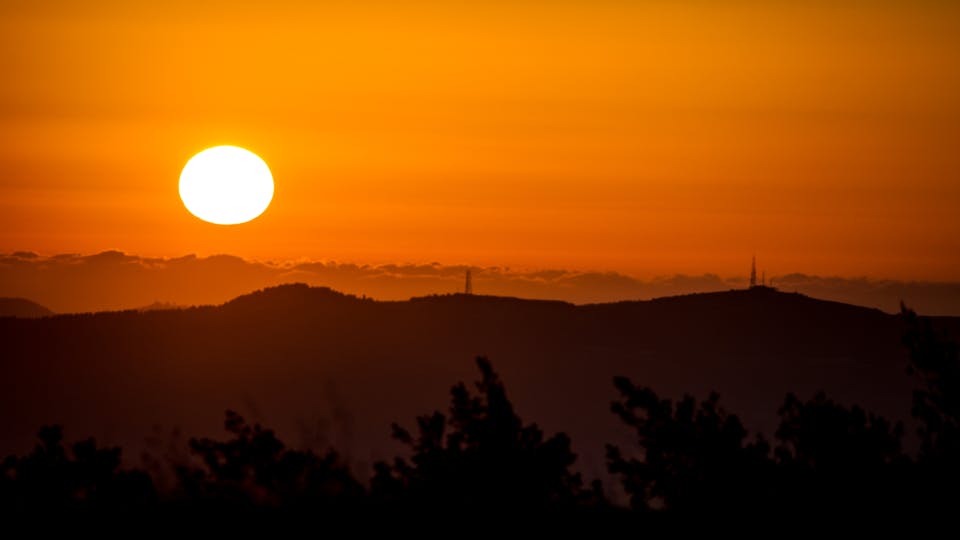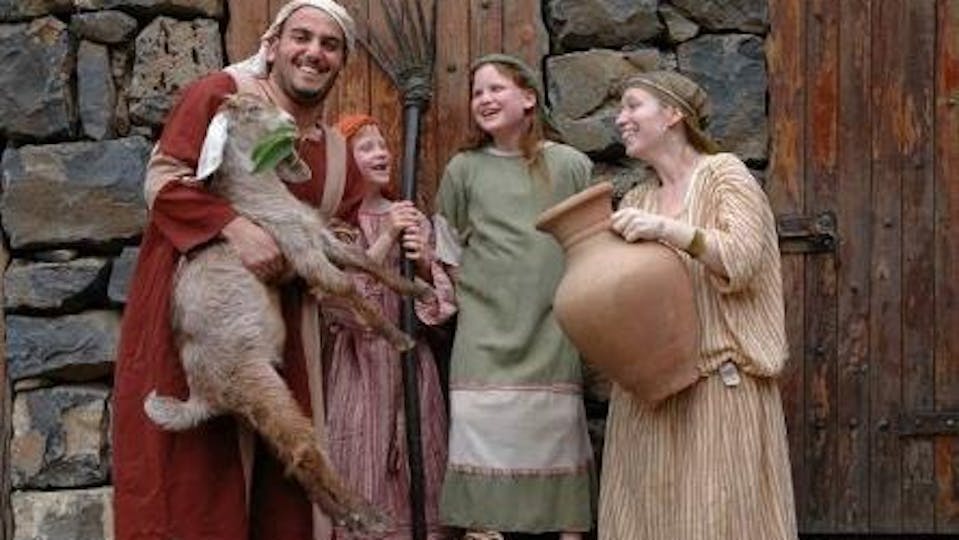Katzrin | Ever Wondered What An Ancient Israeli Village Looked Like?

Off The Beaten Path
One of the marvels of the land of Israel is the abundance of historical and archaeological treasure it holds in its bosom.
With many of these discoveries anchored in Biblical texts, the land of Israel has always been a tutor and a teacher for all who have eyes to see, ears to hear, and a desire to learn.
In fact, the very heart of the land, the City of Jerusalem, is located in the region the Bible calls the “Land of Moriah” (Genesis 22:2), and is built upon the “Mountain of Moriah” (2-Chronicles 3:1). MORI-YAH in the Hebrew language is a construct of two words meaning, “God is my Teacher.” So, welcome to God’s classroom.
Some of the archaeological/biblical sites in Israel are very popular and known by people of faith all over the world. Other sites that are found “off the beaten path” and may not be as popular, also carry biblical and historical significance.
These sites are a good fit for second and third-time visitors who want to explore deeper and learn more. Today we will consider the ancient Talmudic Village of Katzrin on the Golan Heights in Northern Israel.
This historic village is located in the central Golan region, conveniently a 15-minute ride from the Sea of Galilee, featuring a magnificent archaeological park that provides a comprehensive experience of every-day life, culture, and religion as they were practiced in a typical Israelite village from the Byzantine (Talmudic) period. A visit to Ancient Katzrin will bring your understanding of the Bible to new levels as you discover an authentic Hebraic village with its own synagogue, private homes, spring, and farming tools. This is not a replica of an ancient village; it is the actual village itself raised back to life!
Located near the modern city of Katzrin, the main Israeli city on the Golan Heights, the origins of this Talmudic Village go back thousands of years to the time when the Roman Empire took control of the land of Israel in 63 BC.
General Pompey who implemented political reformations to better control the region and secure Roman interests, assigned parts of northern Israel to the Iturean tribe, also mentioned in the Gospel of Luke, chapter 3:1.

Following Iturean struggles, Augustus Caesar handed the territory to Herod the Great to govern, and during his reign, the Golan region experienced dramatic growth of Israelite life with more than 20 new communities and synagogues established towards the end of the 1st Century BC, just before the period associated with the appearance of Jesus of Nazareth.
This village of Katzrin was one of the villages established during that time, and chances are that Jesus visited its synagogue during his extensive ministry activity throughout the Galilee region as he traveled from village to village, working miracles, and teaching in the Synagogues (Matthew 4:23).
As were most of the Golan villages, Katzrin was an agricultural community, featuring mainly the production of olive oil, wine, fruits, sheep, and seasonal crops.
The villagers traded their products with area cities including nearby Tiberias and Capernaum, exporting their products to the vast Roman world beyond the confines of little Israel. Sadly, most of these communities were destroyed during the Arab conquest of later centuries, and Katzrin itself was leveled and left in ruins during the massive earthquake of 749 AD.
A Muslim mosque was erected on the site of the fallen synagogue during the Mameluke period (14th Century), and the village was inhabited again for several hundred years until it was deserted in 1967 following the Six-Day War when Israel took control of the region 2,000 years after it was lost to the Romans.
The ancient synagogue itself, which is beautifully displayed in the archeological park today, was discovered in 1976 during the archaeological survey of the Golan, and, starting in 1982, underwent comprehensive excavations and meticulous restoration.

Visiting groups actually walk into the 1st Century world as each visitor gets to observe, experience, and participate in the dynamics of every-day life. Visiting the restored homes, you will better comprehend the marvel of Jesus’ miraculous healing of the man who was lowered down through the roof (Mark 2:4).
Dressing up in ancient biblical garments and praying in the original 1,500-year-old synagogue, you can still hear the echoes of the early disciples’ prayers.
Bread. Groups visiting during May-June will participate in the many stages of bread making, from reaping, to threshing, grinding, kneading, baking and eating! Like Boaz and Ruth, you will meet at the threshing floor at the time of the harvest and re-live these Biblical stories.
Wine. July through October feature the grape harvest in Israel, and visitors are invited to participate in song and dance during the joyful (barefoot) treading of grapes in the reconstructed winepress, producing the finest biblical juice.
Olive Oil. October through March marks the olive oil production season, with the Katzrin Village actually using an authentic ancient olive press to do the job. In Bible days, olive oil was central for lighting, cleaning, cooking, and Temple services, and has deep spiritual and prophetic significance. If you visit during this season, you will participate in pressing the olives and making your own olive oil in the Holy Land.
Whether harvesting, threshing, praying, baking, singing, treading, or pressing oil, your visit to Katzrin Village will bring you face to face with the biblical generations who occupied this land and kept the faith long before we came along.
Let their legacy and the reality of these biblical stories strengthen and inspire you as our SAR-EL team leads you through these ancient trails off the beaten path.
Looking forward to seeing you soon in Israel.